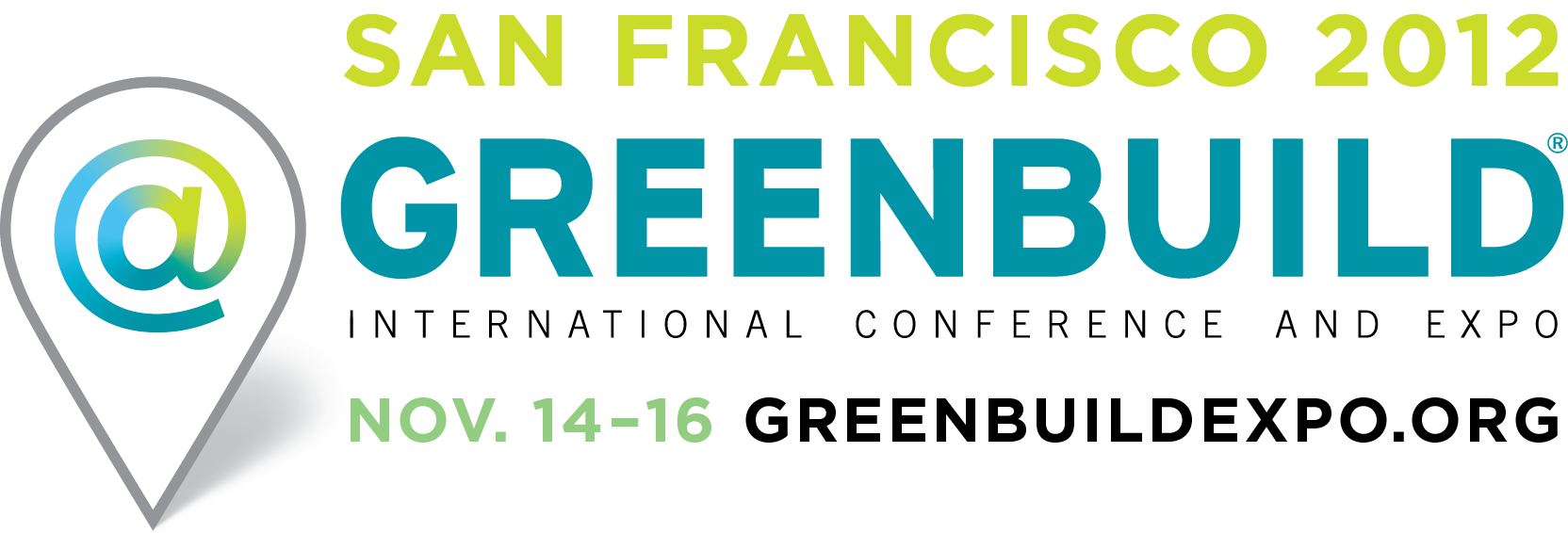The U.S. Green Building Council (USGBC) announces its partnership with Pearson to launch USGBC’s online workforce education program for the LEED Green Associate credential. The partnership will expand the reach of USGBC’s educational offerings and educate the next generation of green building leaders.
“Together we will develop a host of education programs that will reach those in the green building market today and help the future building professionals learn the ins and outs of green building, ” said Doug Gatlin, VP of Education Delivery, U.S. Green Building Council. “Pearson’s origins were in the construction business during the Industrial Revolution and they became one of the world’s leading contractors. While they are a different company today, their roots underpin everything they do and they are a perfect fit for USGBC.”
Education is critical to USGBC’s mission of transforming the building environment. “Our community believes in better buildings; places that complement our environment and enhance our communities. Places that give people better, brighter, healthier spaces to live, work and play,” added Gatlin.
“The rapid growth in green energy and building underscores the strong need for workforce training in this area,” said Leah Jewell, President of Pearson Health Science and Careers. “We’re honored to partner with an organization that is helping to spur job growth while contributing to a healthier environment in communities across the nation.”
As part of the partnership, Pearson has launched USGBC’s online workforce education program for the LEED Green Associate credential. The program includes online courses to help learners successfully prepare for the LEED Green Associate exam and learn green building strategies and techniques.
The LEED Green Associate is a professional credential for those just starting out in green building or for those who are not on green building project teams like lawyers, marketing professionals, students, and real estate professionals.
Pearson is providing nine LEED online courses in healthcare, business, construction and hospitality and tourism. Course content covers knowledge assessment, remediation, self-paced material and practice exams. Pearson is also providing two of USGBC’s print titles to prepare students for the LEED Green Associate Exam: Green Building and LEED Core Concepts, which explains the fundamental tenets of green building, offers strategies for implementation and provides specific case studies; and the USGBC LEED Green Associate Study Guide.
To learn more, please visit: http://www.pearsoncustom.com/us/greenbuilding/index.html. +
Related Stories
Adaptive Reuse | Jul 27, 2023
Number of U.S. adaptive reuse projects jumps to 122,000 from 77,000
The number of adaptive reuse projects in the pipeline grew to a record 122,000 in 2023 from 77,000 registered last year, according to RentCafe’s annual Adaptive Reuse Report. Of the 122,000 apartments currently undergoing conversion, 45,000 are the result of office repurposing, representing 37% of the total, followed by hotels (23% of future projects).
Hotel Facilities | Jul 26, 2023
Hospitality building construction costs for 2023
Data from Gordian breaks down the average cost per square foot for 15-story hotels, restaurants, fast food restaurants, and movie theaters across 10 U.S. cities: Boston, Chicago, Las Vegas, Los Angeles, Miami, New Orleans, New York, Phoenix, Seattle, and Washington, D.C.
Sustainability | Jul 26, 2023
Carbon Neutrality at HKS, with Rand Ekman, Chief Sustainability Officer
Rand Ekman, Chief Sustainability Officer at HKS Inc., discusses the firm's decarbonization strategy and carbon footprint assessment.
Sports and Recreational Facilities | Jul 26, 2023
10 ways public aquatic centers and recreation centers benefit community health
A new report from HMC Architects explores the critical role aquatic centers and recreation centers play in society and how they can make a lasting, positive impact on the people they serve.
Multifamily Housing | Jul 25, 2023
San Francisco seeks proposals for adaptive reuse of underutilized downtown office buildings
The City of San Francisco released a Request For Interest to identify office building conversions that city officials could help expedite with zoning changes, regulatory measures, and financial incentives.
Designers | Jul 25, 2023
The latest 'five in focus' healthcare interior design trends
HMC Architects’ Five in Focus blog series explores the latest trends, ideas, and innovations shaping the future of healthcare design.
Urban Planning | Jul 24, 2023
New York’s new ‘czar of public space’ ramps up pedestrian and bike-friendly projects
Having made considerable strides to make streets more accessible to pedestrians and bikers in recent years, New York City is continuing to build on that momentum. Ya-Ting Liu, the city’s first public realm officer, is shepherding $375 million in funding earmarked for projects intended to make the city more environmentally friendly and boost quality of life.
Market Data | Jul 24, 2023
Leading economists call for 2% increase in building construction spending in 2024
Following a 19.7% surge in spending for commercial, institutional, and industrial buildings in 2023, leading construction industry economists expect spending growth to come back to earth in 2024, according to the July 2023 AIA Consensus Construction Forecast Panel.
Hotel Facilities | Jul 21, 2023
In Phoenix, a former motel transforms into a boutique hotel with a midcentury vibe
The Egyptian Motor Hotel’s 48 guest rooms come with midcentury furnishings ranging from egg chairs to Bluetooth speakers that look like Marshall amplifiers.
Office Buildings | Jul 20, 2023
The co-worker as the new office amenity
Incentivizing, rather than mandating the return to the office, is the key to bringing back happy employees that want to work from the office. Spaces that are designed and curated for human-centric experiences will attract employees back into the workplace, and in turn, make office buildings thrive once again. Perkins&Will’s Wyatt Frantom offers a macro to micro view of the office market and the impact of employees on the future of work.

















